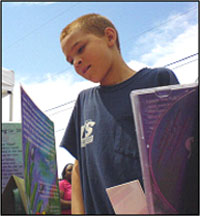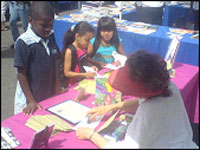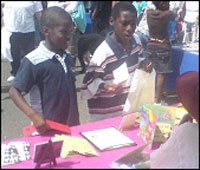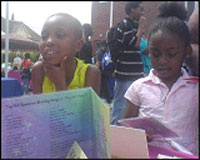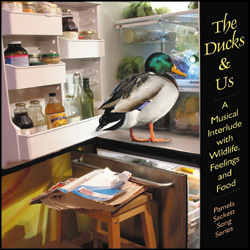
“The Ducks & Us Songbook Movie” began as “The Ducks & Us Song,” a musical learning tool with a study guide, integrated into environmental learning programs in Seattle.
To read about the trajectory of this learning tool project, some, if not all, related events can be found in our ELA News (page 3)!
Here are comments we received from those who engaged with the pre-animated song:

What a fascinating project and such a new take on an old issue. I’ve seen all kinds of tactics attempted: flyers, brochures, signs, but never a song! I really appreciate the effort you’ve made on such an awful issue. The song was dead on with so many aspects of the problem…really a great job!
—Michele Goodman
Webbed Foot Wildlife Rehabilitation Clinic
(Goodman’s quoted in AP article on duck feeding damage called “angel wing.“)
This is an interesting project that helps get the message out in a different way about why it’s not okay to feed ducks and geese. Most people are not aware of the problems associated with this common activity occurring in many of our parks and other waterfowl use areas.
—Don Kraege, Waterfowl Section Manager, WA Dept. of Fish & Wildlife
This song reminds me of many songs I listened to and sang as a young child and the fact that I still remember those songs and have fond memories of singing them speaks to the power of singing as a learning tool for young children. I think that the questions are very appropriate and I especially like the attention to the belief systems and personal motivations that are informing each character’s decision.
—Liz Silvestrini, Education Coordinator, Sustainable Seattle
I am really impressed! You call this a song but I think it’s more like a one-act operetta—it’s a whole story that covers a lot of ground. You brought up issues in a way that allows people to make their own decisions.
—Belinda Chin, Education Supervisor, Seattle Parks and Recreation
The Ducks and Us learning tool connects the arts, youth, and ecology in an innovative and exciting way to bring an important message about the devastating affects that ‘people’ food can have on our bird population. It would be great if this awesome song became a ‘standard’ song kids grow up singing…
—Heidi Narte, Senior Gardener, SE District Seattle Parks and Recreation
I listened to the song. How fun and such a smart way to approach the problem.
—Valerie Easton
(See Easton’s article in Seattle Times Pacific Northwest Magazine, 6/22/08:“Serve meals to the wild things and risk trouble of all kinds.”)
As I rove and contact the public at Carkeek, Magnuson, Golden Gardens, and Meadowbrook Ponds, I encounter Chases and Claires all the time. The Ducks & Us is sensitive to people needs and emotional ties to nature and clearly addresses the sensitivities of behavior change for urban humans.
—Brian Gay, Naturalist, Seattle Parks and Recreation
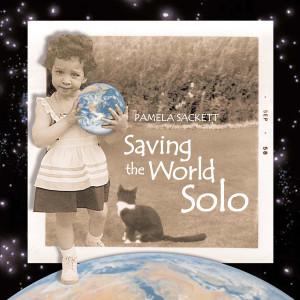
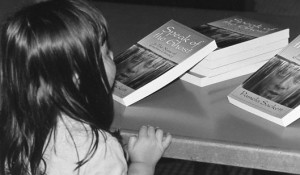
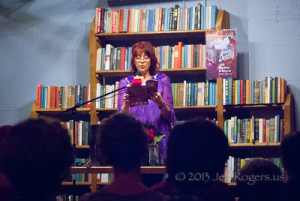
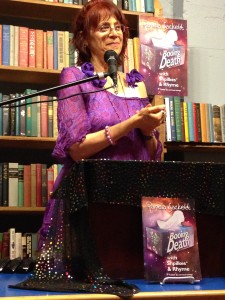
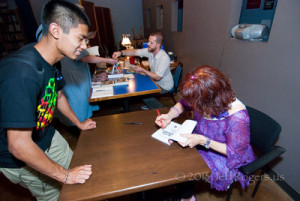
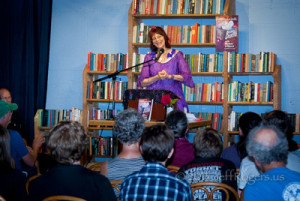




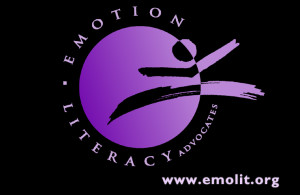



 practical sense to put happiness above all other feelings, especially sadness and grief. It is our cultural practice, as humans, to prefer happiness since the interactions and events that prompt happiness are highly desirable and the interactions and events that prompt sadness and grief are, naturally, not. Regarding a feeling as inextricably linked with the event that prompted it–and attempting to repeat or avoid that type of event and the feeling associated with it–makes familiar and practical sense.
practical sense to put happiness above all other feelings, especially sadness and grief. It is our cultural practice, as humans, to prefer happiness since the interactions and events that prompt happiness are highly desirable and the interactions and events that prompt sadness and grief are, naturally, not. Regarding a feeling as inextricably linked with the event that prompted it–and attempting to repeat or avoid that type of event and the feeling associated with it–makes familiar and practical sense.

